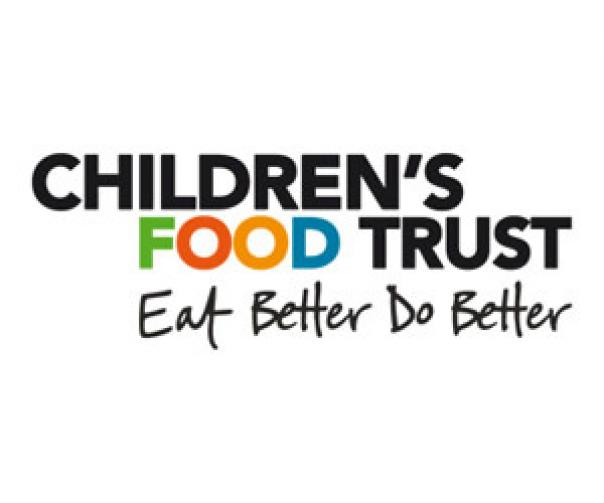Children's Food Trust responds to sugar report

The Children’s Food Trust has responded to last week’s SACN report, which called for daily sugar intake to be halved to 5% of daily energy intake.
Jo Nicholas, Children’s Food Trust nutritionist and head of evaluation, said: “Excess sugar is one of the biggest threats to children’s nutrition – at the moment, they’re having two to three times more sugar than SACN is now recommending. Getting children and teenagers eating and drinking far less sugar to meet these new targets will be an enormous task, and we will need to do much more to help parents make this happen.
“There are some good foundations in place: national guidelines on food in childcare are getting children into healthier habits from a very young age, limiting the amount of sugar they eat when they’re at nursery, pre-school or with their childminder. And national school food standards have drastically reduced sugar levels in school meals – the average secondary school lunch now contains around a third less sugar at lunchtime than it did than a decade ago.
“But in other places where we shop and eat, and for parents at home, it can be tough to navigate the claims food manufacturers and retailers make about food and drinks they market for children. Some products say they’re ‘sugar free’ but they’re full of sweetener; others say ‘no added sugar’ and are promoted as healthy options for kids but in reality, they still contain a lot of sugar. It’s a part of our food culture that feels specifically designed to bamboozle.
“Parents really want better information about the foods they choose for their children, and that shouldn’t mean having to study detailed nutritional information on packets. That’s why we think food labels need to be even clearer and more consistent, particularly on products aimed at children. We’d like to see colour-coded nutrition labelling on all products, clear information about what makes a portion size for a child and an end to adverts for sugary foods and drinks during family TV shows and online.
“This is also about affordability of healthier foods: making sure families on the tightest food budgets don’t have to rely on processed foods full of sugar just because they’re a cheap way to fill up. We need to make sure healthier foods, particularly fruit and veg, are affordable for everyone – frankly, it’s in the interests of the public purse to do so. That’s why we agree that subsidising healthier foods from a tax on sugary drinks would be a sensible step.
“Giving families better cooking skills and the confidence to cook from scratch is an untapped well of potential to cut sugar in children’s diets, as a way to reduce our reliance on processed foods and save money when food budgets are tight.
“In the week when the dean of the Royal College of Surgeons warned that tooth decay in children is at ‘crisis point’, we clearly need to do much more to help parents steer children away from developing a sugar habit which can last a lifetime.”
The SACN report also investigated the amount of carbohydrates and fibre being consumed, and the link to health outcomes and recommended that the current recommendation that starchy carbohydrates, wholegrain where possible, should form 50% of daily calorie intake is maintained.
Those aged 16 and over should also increase their intake of fibre to 30g a day, 25g for 11 to 15 year olds, 20g for five to 11-year-olds and 15g for two to five year olds.
Nicholas said: “We want to see children eating lots more fruit and veg and a much wider variety of starchy foods, particularly wholegrain varieties – as we know many children just aren’t getting the fibre they need.
“For many families, the advice to eat more fibre can mean they simply turn to more wholegrain breakfast cereals, bread and pasta– often the foods which can contain hidden sugar.
“This is where there’s so much we can learn from nurseries and schools using national guidelines and standards on food for children already. They give practical advice on how to get more fruit, veg and wholegrain starchy foods into snacks and meals – often without children noticing the change.
“The pressure is now well and truly on for government and Public Health England to take the actions needed to help parents on this, and to get children meeting these much tougher targets.”
